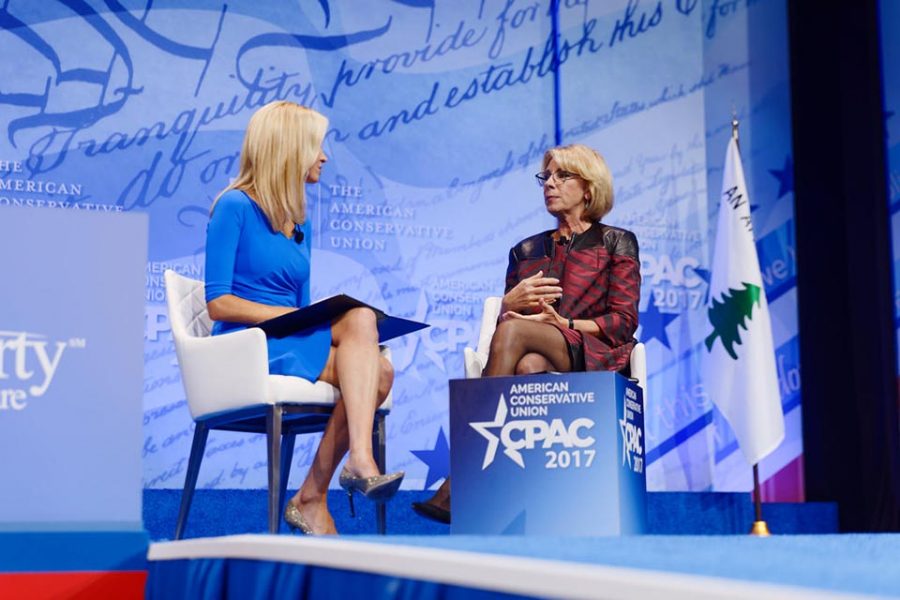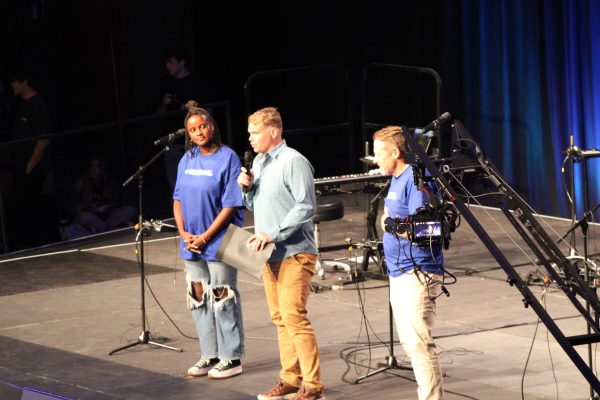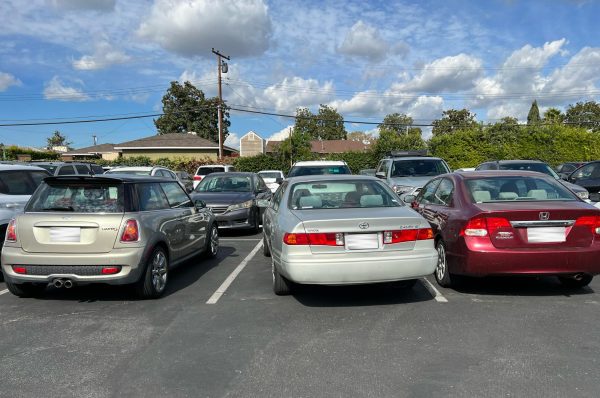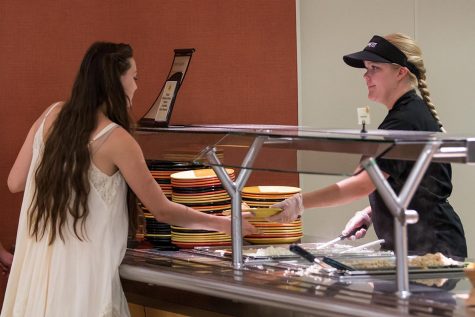Trump rolls back regulation on high education
Universities are at the center of a struggle between education and profitability.
March 2, 2017
When President Donald Trump was elected, for-profit schools began to rise up from the ashes. It is not hard to see why. As the Obama administration sought to regulate and restrict this billion-dollar industry, the Trump administration is comprised of individuals such as Betsy Devos who have advocated controversial policies regarding higher education.
For-profit education has been highly contested over the past few years. A for-profit school is a business with shareholders out to provide students with an education and skill that will help them obtain a job. But what is the difference between a for-profit school such as Devry University, and a non-profit school such as Biola? The fundamental difference between a non-profit school and a for-profit school is the nondistribution constraint. This states simply that non-profit organizations can not distribute profits to those who run it. While this system does not necessarily ensure quality education, it does explain why non-profit schools are not nearly as corrupt as for-profit schools. A study was done prior to the Trump administration taking over the Education Department identifying 800 failing programs using the newly implemented gainful employment rule — a governmental regulation created to filter out low quality college programs. Of these 800, 98 percent were at for-profit schools. The gainful employment rule links schools’ federal funding with their record on job placement and earnings.
For-profit schools are looking to grow and expand so as to make more money. Often these schools provide short semesters that allow the student to graduate quickly and enter the field of their choosing. The premise of for-profit schools is a fairly sound one. There are no requirements to enter one and is set up to help students obtain usable skills that will set them apart from others. In doing so, the student obtains a degree and graduates quicker than an average four-year university student. Yet, for-profit schools are looking for short-term success to make money and, in doing so, leave their students jobless and in debt.
Now that the Trump administration has taken over, it is looking to roll back rules and regulations placed on both for-profit and non-profit institutions by the Obama administration. Which makes sense since President Trump owned his own for-profit school, which collapsed under a scandal. While some of these regulations would be beneficial to colleges and universities, the repeal of the gainful employment rule would allow for-profit schools to continue their deceitful ways.







